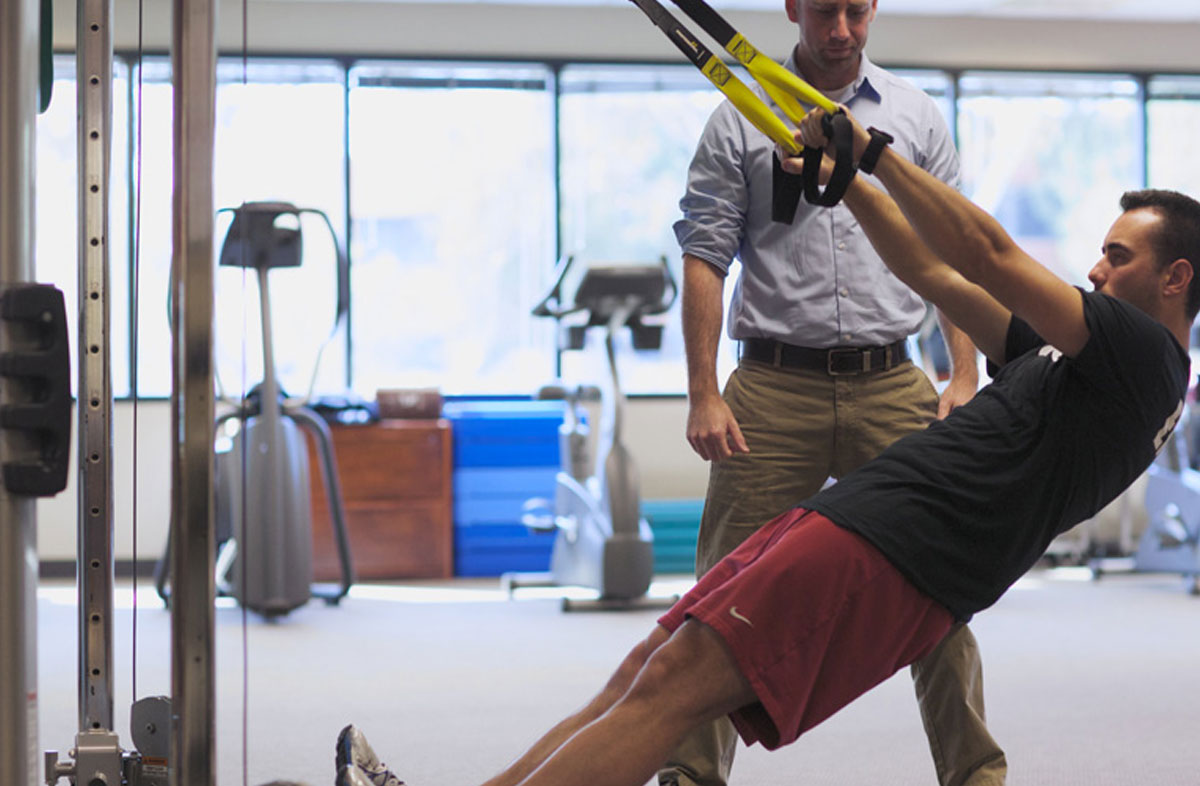
Physical Therapy For Athletes -
Physical therapy works to assist an athlete to rebuild strength and movement after an injury through different exercises, stretches, and specialized techniques. It can also help an athlete manage pain and prevent avoidable damage in the future.
THESE ARE THE SEVEN MAIN BENEFITS OF SPORTS PHYSICAL THERAPY -
1. IMPROVED RANGE OF MOTION
In live athletics, joints are pushed to the limit of their strength. This is the location where wounded tissues might erupt and be ripped or harmed. When an athlete is forced to return to sports, an experienced physical therapist must push their patient to the brink of tissue overload in order to prepare the tissue for live athletics. Physical therapists must push an athlete's joints to their limits to ensure there is no discomfort, resistance, laxity, or fear, which aids in the improvement of an athlete's range of motion.
2. NEUROMUSCULAR MANAGEMENT
Sports medicine physical therapists are responsible for coordinating the different body components to function together. The movement of the joints by the muscles, tendons, and nerves is the focus of neuromuscular coordination. By concentrating on certain areas of the body, the wounded athlete prepares to return to sports by increasing movement speed during workouts and gradually increasing weight.
3. THE TECHNIQUE
Many non-sports physical therapists overlook the importance of teaching athletes how to position or move their bodies in order to execute an activity or task. Small information regarding placement and technique, on the other hand, may assist an athlete in appropriately aligning their body to load suitable tissue (bone, tendons, muscles), unload incorrect tissue, preserve energy, and improve movement efficiency and performance. As a result, our sports physical therapists begin technique instruction for particular exercises on day one and stay technique oriented throughout all levels and stages of the ARC Progression.
4. MUSCLE ALIGNMENT
Athletes often go in all directions in order to master their sport and compete at a high level. This may result in recurrent training. When this occurs, highlighted muscles may become overworked in comparison to their counterpart, resulting in the dominant muscle group. Athletes must exercise muscle groups in addition to sport-specific training to balance the strain on joints and tendons and establish synergy in the body to prevent injury and return to active sports.
5. STRENGTH, POWER, AND SPEED
Many different power, strength, and speed combinations may be necessary depending on an athlete's sport. Athletes must load their muscles with larger weights, increase their sets, and decrease the repetitions each set to enhance muscular strength and growth (hypertrophy). Many patients do three sets of ten with weights that are insufficiently difficult to generate actual muscle strength. Maximum power is defined as the capacity to transfer weight over a long distance in the shortest amount of time. To increase power, athletes must be forced to work as swiftly as possible against a resistance. The capacity to move the body (or portions of the body) as quickly as possible is referred to as speed. Most sports need swift movement, and each patient necessitates specialized workouts to coordinate body components where there is a secure foundation that provides speed.
TORQUE AT JOINTS
Return to practically any sport requires rotational stress at high velocity. One of the primary goals of sports physical therapy for athletes is to generate and manage rotational force on joints and body parts. Manual treatment and functional exercise progression, beginning with single-plane movements and continuing to multi-plane and multi-joint motions, are included.
7. GET THE ATHLETE READY FOR COACHING
When advanced physical treatment is almost finished, the athlete should be able to return to practice and coaching. This combination of sports treatment and live athletics helps the athlete to ensure that they may return to their activity without experiencing any new ailments. Working out any remaining areas of discomfort or tightness can enable a safe return to coaches who want an athlete to be ready to perform at their best.
